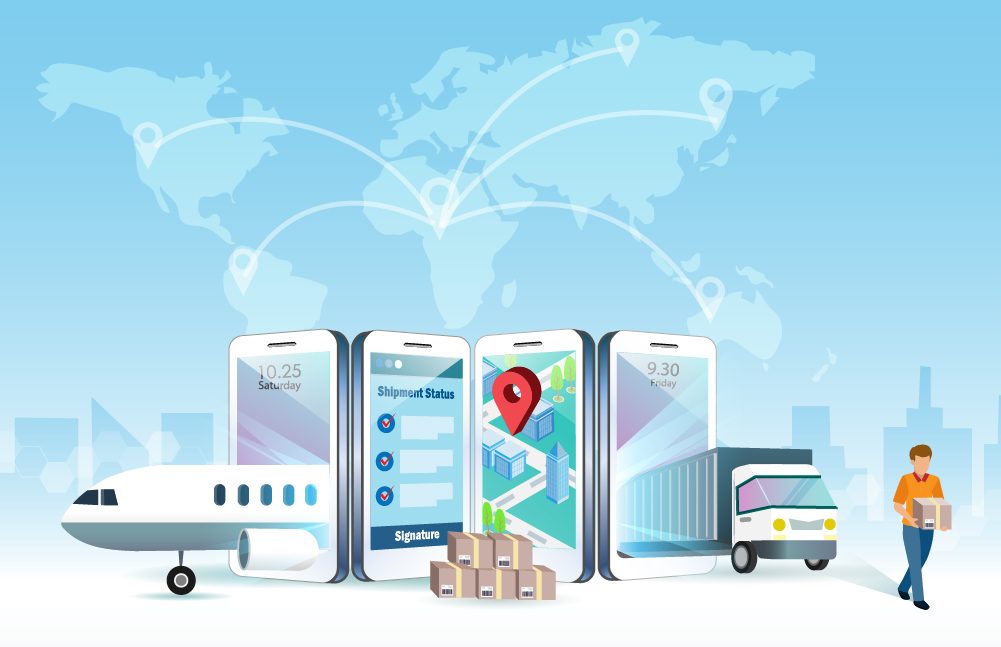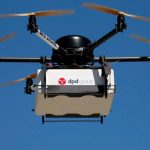The Internet of Things (IoT) has revolutionized various industries, and one area where its impact is especially profound is fleet management. IoT-enabled fleet tracking systems offer companies a way to monitor and manage their vehicle fleets in real-time, leading to better decision-making, enhanced efficiency, and reduced operational costs. However, while IoT technology provides numerous benefits, it also comes with its own set of challenges. In this post, we’ll explore the benefits and challenges of IoT-enabled fleet tracking.
What is IoT-Enabled Fleet Tracking?
At its core, IoT-enabled fleet tracking involves equipping vehicles with sensors and GPS devices that send real-time data to a centralized platform. This data can include vehicle location, speed, fuel usage, maintenance needs, driver behavior, and more. By collecting and analyzing this data, fleet managers can gain valuable insights that can optimize operations, improve safety, and enhance customer service.
Benefits of IoT-Enabled Fleet Tracking
1. Real-Time Monitoring and Improved Decision-Making
IoT-enabled fleet tracking allows businesses to monitor their vehicles in real time. This provides an immediate view of vehicle locations, speeds, and routes. Fleet managers can make more informed decisions regarding scheduling, routing, and resource allocation, helping to optimize operations and reduce delays. Real-time tracking also enables quicker responses in emergencies, improving safety and customer satisfaction.
2. Reduced Fuel Consumption and Lower Costs
Fuel is one of the largest expenses for fleet operators. IoT tracking systems can provide insights into fuel usage, identifying patterns of excessive consumption. By monitoring driver behavior, such as harsh braking or idling, fleet managers can coach drivers to adopt more fuel-efficient driving habits. Additionally, optimizing routes and schedules can reduce fuel wastage, leading to significant savings.
3. Enhanced Vehicle Maintenance
Keeping vehicles in good working condition is essential for ensuring the smooth operation of a fleet. IoT-enabled fleet tracking systems can alert managers when a vehicle requires maintenance or is due for routine checks, reducing the risk of unexpected breakdowns. Predictive maintenance can be implemented by analyzing data from sensors to detect potential issues before they cause significant problems. This proactive approach helps to extend the lifespan of vehicles and avoid costly repairs.
4. Improved Driver Safety and Behavior
Driver behavior is a key factor in the safety and efficiency of a fleet. IoT tracking systems can monitor things like speeding, harsh braking, sharp cornering, and idle times. Fleet managers can use this data to identify risky driving behaviors and provide targeted training to improve safety. In some cases, real-time alerts can be sent to drivers, helping to correct unsafe actions immediately.
5. Better Compliance and Reporting
Fleet operators must comply with a variety of regulations, including those related to vehicle maintenance, driver hours, and safety. IoT-enabled fleet tracking systems can simplify compliance by automating the collection and reporting of data, reducing the risk of human error. For example, the system can track driver hours and automatically ensure that they do not exceed legal limits. This not only helps with regulatory compliance but also reduces the administrative burden on fleet managers.
6. Customer Service and Satisfaction
With IoT-enabled fleet tracking, businesses can provide customers with more accurate delivery times. Real-time tracking allows fleet managers to optimize routes, avoid traffic congestion, and ensure timely deliveries. Additionally, customers can be updated on the status of their orders, providing a better overall experience. Transparency in delivery times fosters trust and can improve customer satisfaction and loyalty.
Challenges of IoT-Enabled Fleet Tracking
1. Data Security and Privacy Concerns
While IoT systems offer valuable insights, they also generate vast amounts of data, including sensitive information about fleet operations, vehicle locations, and driver behavior. Ensuring the security of this data is a significant challenge. If the data is not properly protected, it could be vulnerable to hacking or unauthorized access, leading to potential breaches of privacy or financial loss. Companies must invest in robust cybersecurity measures to safeguard their data.
2. Integration with Existing Systems
Many fleet operators already have existing fleet management systems in place. Integrating new IoT-enabled tracking solutions with these legacy systems can be complex and costly. Ensuring seamless integration is essential to avoid data silos, discrepancies, and inefficiencies. Businesses must also consider the compatibility of new technologies with their current infrastructure, which may require upgrades or modifications.
3. Cost of Implementation
While IoT-enabled fleet tracking systems can ultimately save money in the long run, the initial investment can be significant. The cost of purchasing and installing GPS devices, sensors, and tracking software can be a barrier for small and medium-sized businesses. Additionally, there may be ongoing costs associated with data storage, software maintenance, and system updates. However, for many businesses, the return on investment from improved efficiency and reduced costs justifies the upfront expenditure.
4. Technical Issues and System Reliability
Like any technology, IoT systems are susceptible to technical issues, including device malfunctions, connectivity problems, or software glitches. These issues can disrupt the flow of real-time data, leading to inaccuracies or gaps in the information. Maintaining a reliable network of devices and ensuring the technology is functioning properly is crucial for the success of IoT-enabled fleet tracking. Regular maintenance and updates can help minimize downtime and improve the reliability of the system.
5. Driver Resistance
Some drivers may feel uncomfortable with being constantly monitored, perceiving it as an invasion of privacy or a way to micromanage their performance. This resistance can lead to reluctance in adopting IoT-enabled fleet tracking systems or even reduced productivity. It is essential for fleet managers to foster open communication with drivers, explaining the benefits of the system, including improved safety, reduced stress, and better working conditions. Proper training and involvement can help overcome resistance and encourage acceptance.
Conclusion
IoT-enabled fleet tracking systems offer numerous advantages, including real-time monitoring, improved fuel efficiency, enhanced vehicle maintenance, and better compliance. These systems can lead to cost savings, improved safety, and increased customer satisfaction, making them a valuable tool for fleet management. However, businesses must also address challenges such as data security, integration, cost, and technical issues. By carefully planning the implementation and overcoming these challenges, companies can unlock the full potential of IoT in fleet management, driving efficiency and success in the long run.







